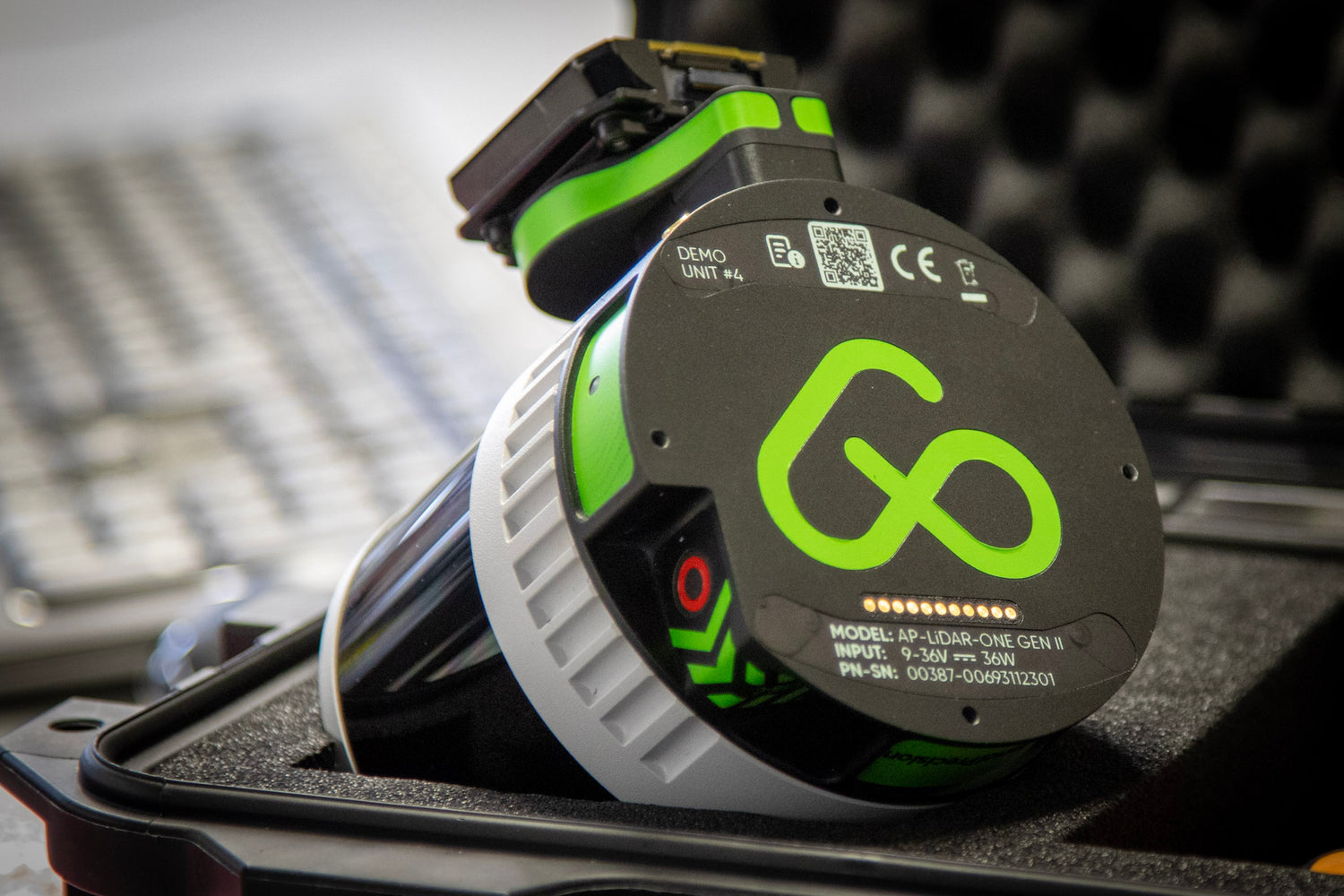
LiDAR and Augmented Reality: The future of interactive cultural experiences
Ana Rouxinol
In the rapidly advancing world of technology, LiDAR is emerging as a game-changer in augmented reality (AR). Combined, these two powerful technologies are revolutionizing how we interact with cultural heritage, offering new and immersive ways to experience history, art, and ancient sites. By integrating LiDAR's precise spatial mapping capabilities with the engaging world of AR, we can bring ancient civilizations back to life, creating more educational and interactive experiences for global audiences.
How LiDAR enhances AR in cultural heritage
LiDAR's ability to capture high-resolution 3D information from landscapes and buildings makes it an essential tool in cultural heritage preservation. LiDAR technology, based on lasers, creates detailed and accurate models of historical sites even where foliage is dense and rubble occurs. When this data is integrated with augmented reality, we can create immersive digital experiences that allow users to engage with history like never before.
Advanced LiDAR sensors, like Aerial Precisions LiDAR sensors, are designed to capture accurate, high-resolution data with unmatched precision. This data can then be used in AR applications to recreate historical environments in 3D, providing users with lifelike virtual tours of ancient cities, monuments, and artifacts.
Revolutionizing cultural tourism with LiDAR and AR
One of the most exciting applications of LiDAR in cultural tourism is the ability to create virtual tours of historical and archaeological sites that are otherwise difficult to access. For example, LiDAR scanning of ancient ruins or museums, combined with AR, can offer tourists virtual walkthroughs of places like the Pyramids of Giza or Machu Picchu without the risk of damage to these fragile locations.
Imagine visiting a museum where the exhibits come to life before you or strolling through an ancient city with its original streets, buildings, and monuments recreated in full 3D. This is what LiDAR-augmented reality promises: an effortless integration of history, technology, and engagement that will revolutionize how we interact with cultural heritage.
Using sensors like AP-LiDAR-One Gen II, such virtual reconstructions are accurate to a degree, enabling one to walk around ancient sites in stunning detail and precision.
Empowering education with LiDAR and AR
In education, AR with LiDAR technology can revolutionize learning about history. Rather than reading about ancient civilizations in textbooks, students can see 3D representations of historical artifacts, tour virtual historical sites, and study detailed reconstructions of architectural wonders using augmented reality software. This interactive, experiential approach to learning makes history come alive in an accessible, interactive format.
For example, a class can use an AR headset with LiDAR data to investigate the ruins of ancient Greece, examine historical artifacts like vases and sculptures in detail, or even virtually reconstruct an entire lost city. This interactive platform enhances learning about history and provides greater familiarity with the past.
The impact of LiDAR and AR on museums and exhibits
Museums are also adopting LiDAR and AR technology to enhance their visitors' experience. By creating virtual exhibitions based on 3D models derived from LiDAR data, museums can give visitors a more immersive, interactive experience. For example, some museums use LiDAR to scan and preserve delicate artifacts and sites while allowing the public to interact virtually with these objects through AR.
AR allows museum visitors to overlay digital content on real-world exhibits, offering deeper context, historical facts, and virtual reconstructions of how objects or buildings might have looked in their original form. This immersive technology is instrumental in preserving sites at risk of deterioration or in areas where traditional excavation and restoration might be impossible.
With the accuracy of LiDAR solutions from Aerial Precision, museums can ensure that their digital exhibits are based on highly accurate data, enhancing the overall visitor experience.
The Future of LiDAR and AR in cultural heritage
As LiDAR and AR technologies evolve, their potential in cultural heritage preservation and tourism will only grow. Future developments in LiDAR resolution, AI-driven data analysis, and AR interfaces will allow for even more detailed and accessible virtual experiences. Museums and educational institutions will increasingly rely on this technology to provide more personalized, interactive learning opportunities, while tourism will be transformed by the ability to offer virtual access to once-inaccessible historical landmarks.
LiDAR sensors, such as AP-LiDAR-One Gen II and AP-LiDAR-M Gen II, will play a crucial role in this transformation, providing the accurate data required to create high-fidelity 3D models that are the foundation for these interactive experiences.
In the coming years, we will turn towards a broader application of these technologies, with more interactive educational materials, virtual visits to our past, and AR journeys that preserve and enrich our collective cultural heritage.
LiDAR technology and AR are an influential leap forward in observing and interacting with the world's cultural heritage. The technology transforms cultural tourism, education, and preservation by providing immersive, interactive, exact models of historic locations and artifacts. As AR and LiDAR technology continues to improve, the promise of capturing and interacting with history will become increasingly accessible and enticing, enabling later generations to taste history in new and previously undreamed ways.
Explore now our innovative solutions and learn more about our advanced LiDAR sensors and how they can enhance your cultural heritage projects here.




